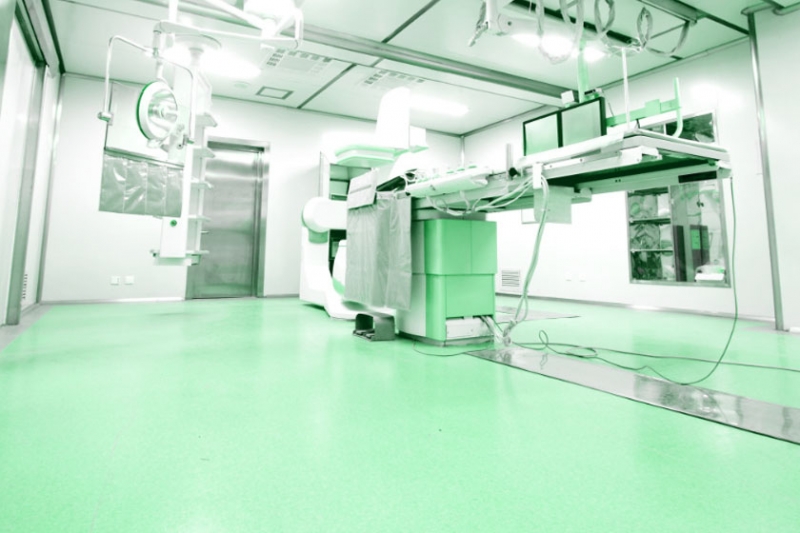Ripping up old flooring, grinding concrete, and pouring epoxies and leveling compounds in a functional cleanroom would be a production manager’s worst nightmare. As one defense electronics facility manager put it, “Even though we absolutely need a conductive floor in our cleanroom, we can’t afford contaminating our HVAC system with dust and odors from flooring installation processes like shotblasting, concrete repair and skim coating. We’d have to build a back-up cleanroom before we would even consider installing a newfloor.”
The alternative is a temporary production shutdown during flooring demolition and installation which may pose an even worse proposition. Horror stories abound about companies expecting a one week installation schedule for shutting down manufacturing and moving equipment into rented trailers, only to watch one week become 10, 15, and even 20 days. For these reasons, space planners with an eye on risk management are asking for installation methods that willneither disrupt production nor potentially corrupt their controlled environments.











